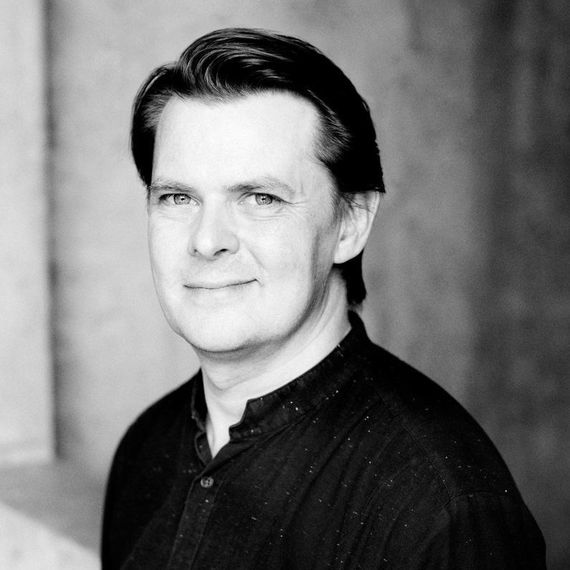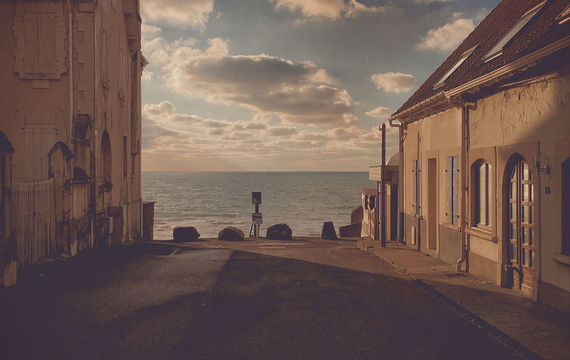
When Classicism turns dark
two works by the brothers Joseph & Michael Haydn
by Bart Van Reyn
Summer 1798. Joseph Haydn was still recovering from the exhausting process of composing Die Schöpfung. These were uncertain times: that same year, Napoleon had won four major battles against Austria, creating enormous tension and uncertainty and posing an ever-growing threat to peace in Europe.
Prince Nikolaus II Esterházy had already tightened his belt and dismissed his Feldharmonie of wind instruments, leaving Haydn with a challenge: to compose a mass for an orchestra consisting solely of strings, organ, trumpets, and timpani. The result was one of his most brilliant works, which he titled Missa in Angustiis (Mass for troubled times). Throughout the piece, he weaves the dark undertone of the looming threat of war into the music by making constant use of trumpets and timpani.
By the time the mass was first performed, Napoleon had suffered a major defeat at the Battle of the Nile against the British forces of Lord Nelson. Two years later, Nelson himself visited the Esterházy palace, where he is said to have met Haydn after a performance of this powerful war mass. From then on, the work became popularly known as the Nelson Mass.
An equally dark work was heard in 1809 at Joseph Haydn’s funeral: a Requiem composed in 1771 by his younger brother, Michael Haydn. The opening section bears striking similarities to Mozart’s Requiem—unsurprisingly so, as the young Mozart must have heard it as a teenager in Salzburg, where he became Michael Haydn’s colleague just a year later.
Michael Haydn wrote the work in just two weeks—prompted by the death of their employer, the Archbishop of Salzburg, but also in deep mourning for his own young daughter, who had died shortly before.
Info concert

haydn: Nelson Mass
Saturday 7 June | 20:15 | Flagey - Brussels'Mass for troubled times' - a masterpiece of power and emotion

haydn: Nelson Mass
Saturday 7 June | 20:15 | Flagey - Brussels'Mass for troubled times' - a masterpiece of power and emotion

haydn: Nelson Mass
Saturday 12 July | 19:00 | Opéra de Vichy - Vichy (FR)'Mass for troubled times' - a masterpiece of power and emotion

haydn: Nelson Mass
Saturday 12 July | 19:00 | Opéra de Vichy - Vichy (FR)'Mass for troubled times' - a masterpiece of power and emotion
